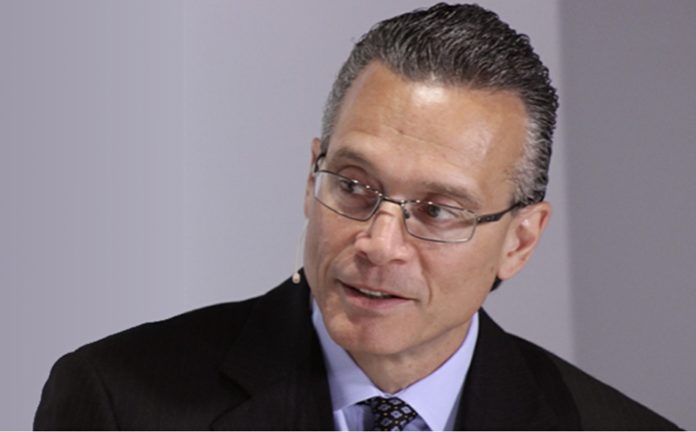Analyst firm Wikibon has defined a new layer of technology – the Supercloud – and storage has a role within it.
Update: Dave Vellante note added at end re many contributors to the super cloud concept. 8 October 2022.
Wikibon has been working on the Supercloud concept for some months with IT suppliers and analysts to come up with a definition of what it is and what it means for product and service suppliers.
Late last month analyst Dave Vellante wrote: “Supercloud is a term introduced to describe an evolving architecture in computing… It is a natural evolution of today’s multi-cloud and hybrid computing models.”

The Supercloud “comprises a set of services abstracted from the underlying primitives of hyperscale clouds (e.g. compute, storage, networking, security, and other native resources) to create a global system spanning more than one cloud.”
It has three properties. Firstly, it runs as a set of services across more than one cloud. Secondly, it has a purpose-built SuperPaaS (Platform-as-a-Service) layer that abstracts the underlying primitives of the native PaaS layer within each cloud and creates a common experience across clouds for developers, operators, users and/or ecosystem partners.
The third property is that it has metadata intelligence that has an awareness of cost, latency, bandwidth, governance, security, data sovereignty, or other attributes in each supported cloud platform. This can be used to “run workloads efficiently across federated cloud platforms, and explicitly serves the intended purpose of the Supercloud.”
Vellante sees three ways a Supercloud can be deployed:
- Single cloud instantiation with a control plane running its service on one cloud but supporting data plane interactions with more than one other cloud.
- Multi-cloud, multi-region instantiation in which a “full stack of services is instantiated on individual clouds and regions. A unified interface supports interactions across more than one cloud.”
- Global instantiation – “a single global instantiation of services spans multiple cloud provider regions. An example is a data platform that enables governed and secure data sharing across clouds and regions. Snowflake and Oracle Database Service for Microsoft Azure are examples.”
The Supercloud can be consumed in three service models. One is Infrastructure-as-a-Service (IaaS) and this is “the ability to provision a service including compute, storage, networking, security or other computing resources across multiple clouds and on which workloads can be provisioned and managed without knowledge of the underlying cloud infrastructure.” Vellante identifies NetApp’s Cloud Volumes service as an example.
A second is Platform-as-a-Service. “The developer and operational experience is identical across clouds with no need to manage the underlying compute, storage, network and security controls of the cloud provider.” VMware Cloud Foundation is the quoted example.
The third service model is Software-as-a-Service in which “users access applications from a Web browser or mobile application that invokes services running in more than one cloud. The user has no knowledge or control over the underlying cloud infrastructure.” SAP HANA is the example for this model.
Why do we need a new architecture for the hybrid multi-cloud world? Vellante writes: “Supercloud is an attempt to describe a new architecture that integrates infrastructure, unique platform attributes and software to solve specific problems that public cloud vendors aren’t directly addressing.”
There is little incentive for individual public cloud service suppliers to support other clouds, but users would like freedom from cloud lock-in, and application and data portability between public clouds. Vellante writes: “Hyperscale clouds are walled gardens and generally cloud providers want to keep data in their clouds.”
The Supercloud concept is a work in progress and Wikibon says it will continue to evolve it.
Bootnote.
Dave Vellante told me: “I do want to point out that I didn’t do this alone and don’t deserve all the credit. There were *many* contributors – I was a catalyst.”








